Fans sat down Sunday evening ready to watch a live Love is Blind reunion and learn whether or not season favorites Tiffany and Brett are really “forever,” as Netflix’s own Twitter bio proclaimed. But the streaming giant buckled during its big moment, unable to deliver the drama in real time to its viewers. After about 90 minutes, Netflix called it quits, opting instead to tape the reunion and release it Monday afternoon.
“To everyone who stayed up late, woke up early, gave up their Sunday afternoon … we are incredibly sorry that the Love is Blind Live Reunion did not turn out as we had planned,” Netflix said in a tweet. “We’re filming it now and we’ll have it on Netflix as soon as humanly possible. Again, thank you and sorry.” Netflix did not respond to a request for comment on what caused its livestreaming difficulties.
Netflix disrupted TV—which had a pretty good thing going when it came to live broadcasts—only to recently bring it back, introducing its subscribers to a live Chris Rock stand-up special in March. The move into live content is widely seen as a push to help Netflix differentiate itself in a competitive field of video streamers, particularly as the network has taken unpopular steps to build revenue by vowing to cut back on password sharing. But live programming on streaming is more difficult than in broadcasting, and Netflix is far from the first streamer to fall victim to the technical hurdles—especially when it comes to in-demand content.
“You can say it’s so popular that it’s failure by success,” says John Kendall, a media delivery analyst at consulting firm Omdia. Highly anticipated content like a hit reunion show, heavily marketed by Netflix, is what the network needs to stand out. But the snafu may have been caused by too many people trying to access the program. “Netflix has just encountered this problem, but they are not the first, nor will they be the last,” Kendall says.
While broadcast TV makes live television look simple, streamers fall behind because they use a different technique. Broadcasting sends a signal from one to many. Think of this as the traditional TV or radio signal going out, and then many people tuning in by flipping on a TV and selecting the channel. But streaming is a series of unicasts—sending a signal to a single device on demand. That creates more opportunity for things to go wrong, either in the creation of the content, its transmission to servers, or delivery to users, says Kendall. More people watching means more bandwidth is needed. And if streamers under-anticipate demand, they can encounter problems.
Netflix in particular faces challenges here, Kendall says, because it has only one way to distribute its content: through a Netflix app on a TV, computer, phone, or tablet. Competitors like HBO have people who tune in via apps but also those who use HBO through their cable subscriptions, which diversifies how the channel can distribute content at busy times.


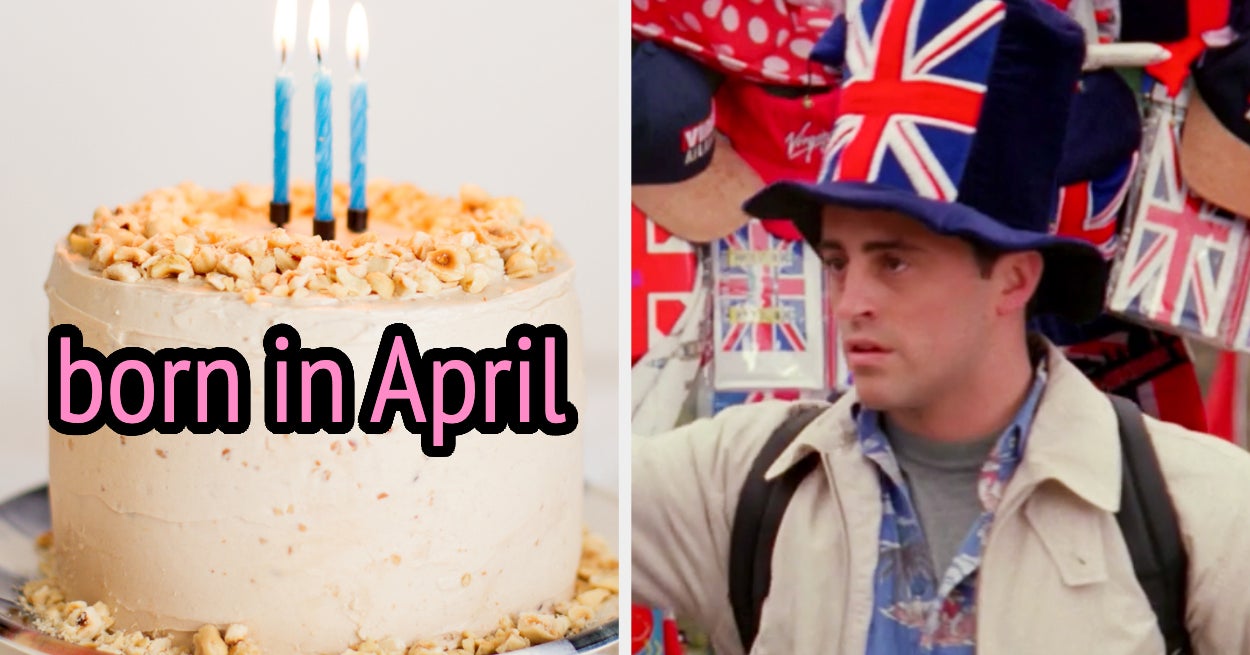
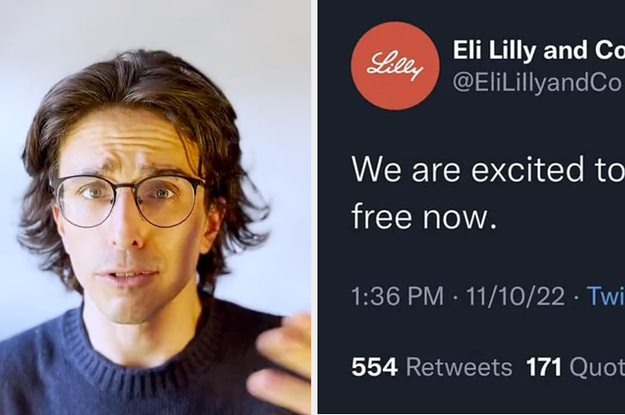
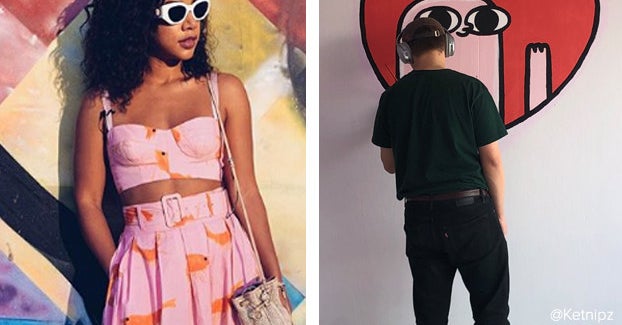
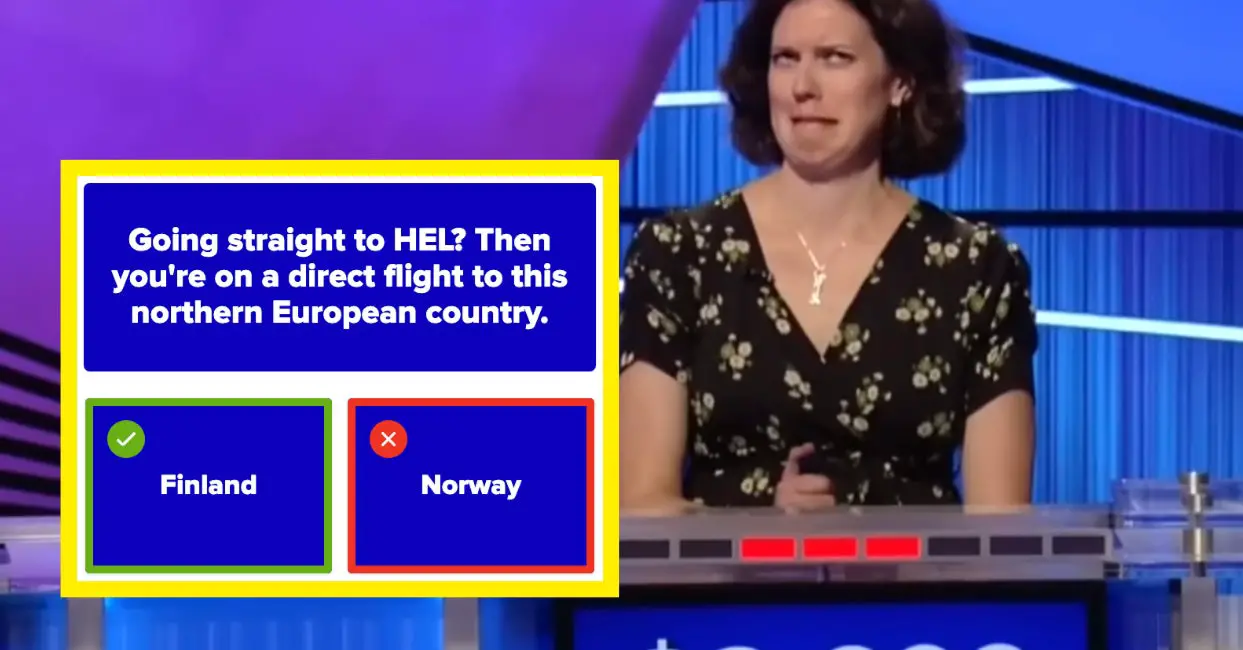
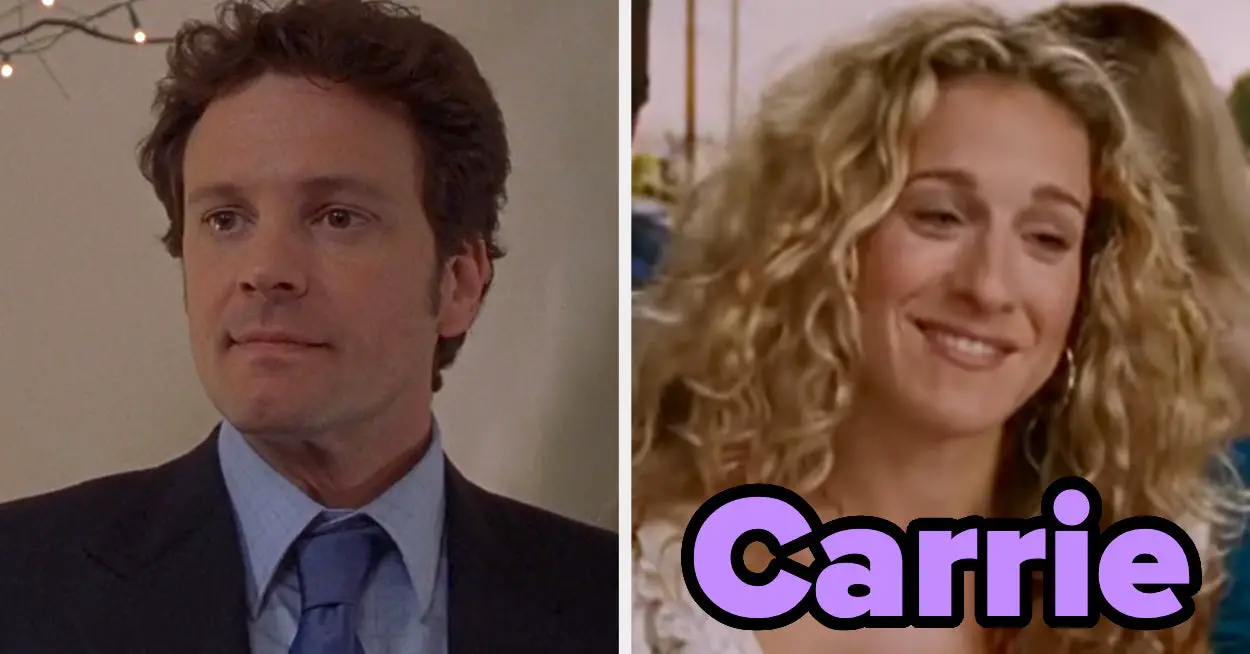
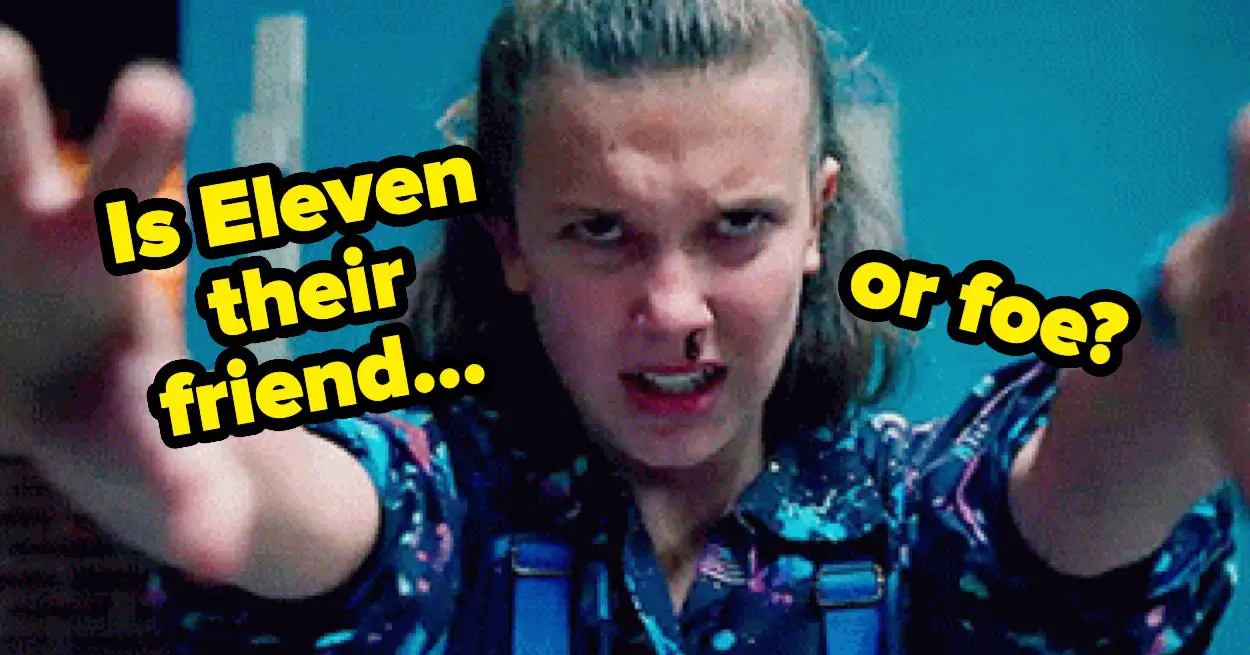

Leave a Reply